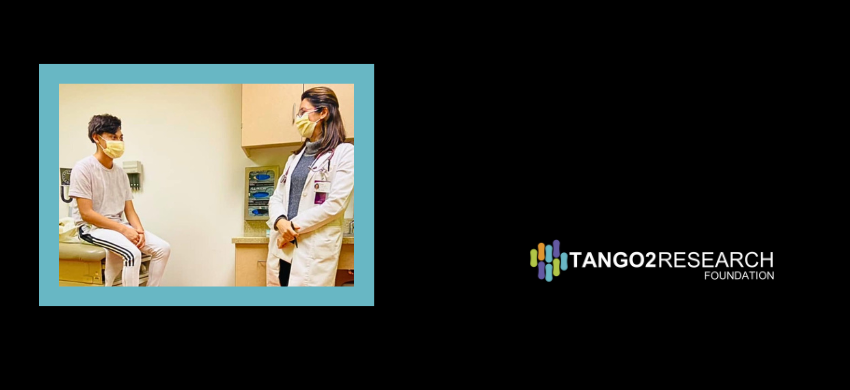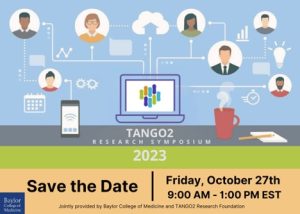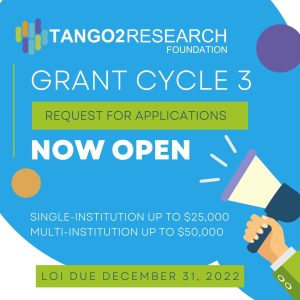We’re excited to share a groundbreaking new development in TANGO2 research that brings both hope and new insights to our community. A recently published case report has identified the oldest known living individual diagnosed with TANGO2 Deficiency Disorder (TDD) — a 61-year-old man — extending the known age range of TDD by more than 20 years.
TDD is typically diagnosed in childhood and is often associated with episodes of rhabdomyolysis (muscle breakdown), seizures, movement disorders, cognitive challenges, and in some cases, life-threatening heart arrhythmias. This new case dramatically shifts our understanding of the potential spectrum of the disorder.
Diagnosed during a hospital stay for unrelated issues, this individual’s story is not only inspiring — it’s scientifically important. He carries a never-before-seen genetic variant and, after starting vitamin B supplements, experienced noticeable improvements in energy and speech. While more research is needed, this positive response is a hopeful reminder of the potential benefits of targeted interventions — even later in life.
This case could mark a milestone in TDD research. Not only does it expand the age range of potential diagnoses, but it also may offer the first glimpse of a possible genotype-phenotype correlation — meaning that specific genetic changes in TANGO2 might lead to specific symptoms or severity levels. That kind of understanding is key to developing better, more personalized treatments in the future.
We are incredibly grateful to the authors of this report for shedding light on this unique case. Every new discovery brings us one step closer to better care and, ultimately, a cure.














